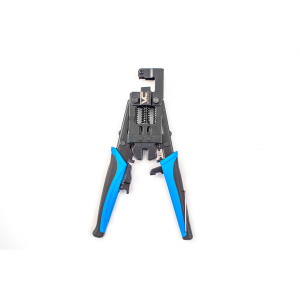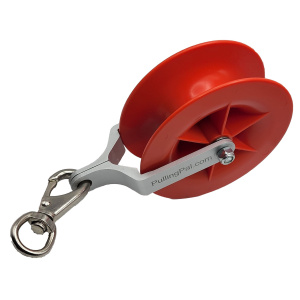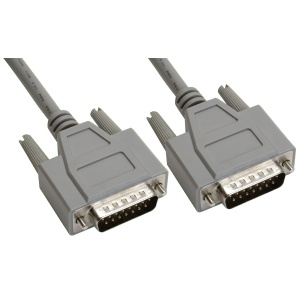Introduction
Fires can be devastating and cause significant harm to both property and life. A fire alarm system is an essential component in fire safety and helps to minimize the impact of a fire emergency. This guide aims to provide a comprehensive understanding of fire system components and how they work together to provide maximum protection.
Types of Fire Alarm Systems
There are two main types of fire alarm systems – conventional and addressable. Conventional fire alarm systems are simple and cost-effective, with each device connected to a single circuit. Addressable fire alarm systems, on the other hand, provide greater detail about the location of a fire, as each device is connected to a central control panel and can be identified individually.
Components of a Fire Alarm System
A typical fire alarm system consists of several key components, including:
Fire Detectors
Fire detectors are devices that detect the presence of fire and trigger an alarm. There are several types of fire detectors, including smoke detectors, heat detectors, and flame detectors. Smoke detectors are the most common type of fire detector and are triggered by the presence of smoke in the air. Heat detectors are triggered by a rise in temperature, while flame detectors are triggered by the presence of a flame.
Alarm Control Panel
The alarm control panel is the central hub of a fire alarm system, connecting all of the devices and allowing them to communicate with each other. The panel receives signals from the fire detectors and triggers an alarm to alert building occupants and emergency services.
Sounders
The sounders are the devices that emit a loud alarm to alert building occupants in the event of a fire. There are several types of sounders, including bells, horns, and strobe lights.
Emergency Lighting
In the event of a fire, emergency lighting provides essential illumination for building occupants to safely evacuate the building. Emergency lighting can be powered by a backup battery or generator to ensure continued operation in the event of a power outage.
Fire Suppression Systems
Fire suppression systems are designed to control or extinguish a fire. There are several types of fire suppression systems, including sprinkler systems, foam systems, and gas systems.
Importance of Regular Maintenance
Regular maintenance of fire system components is essential to ensure their proper functioning in the event of a fire emergency. This includes regularly testing and inspecting fire detectors, sounders, and emergency lighting, as well as checking the batteries and backup systems of the alarm control panel.
Conclusion
A fire alarm system is an essential component of fire safety, consisting of several key components that work together to detect and alert building occupants in the event of a fire. Regular maintenance is crucial to ensure the proper functioning of these components and to provide maximum protection in the event of a fire emergency.












